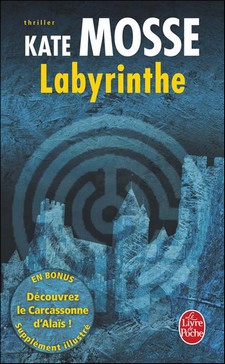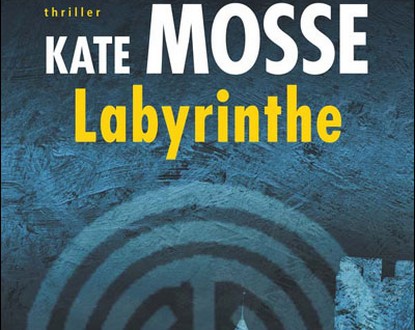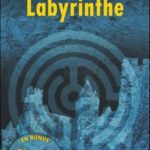Journey into the past, Cathars, quest for the Grail, all these mystical and mysterious elements come together in this novel by Kate Mosse. Released in 2006, Labyrinth is part of a long line of esoteric thrillers. Nice Premium has taken the journey back to 1209 for you.

July 1209 – Alaïs is the daughter of the steward of the Viscount of Carcassonne, independent, resourceful, and a healer, she is the pride of her father, Bertrand Pelletier. On the eve of the southern invasion by northern armies, he entrusts her with a strange manuscript that she must protect at all costs.
This novel cleverly alternates between the two eras and offers us a new version of the quest for the Grail. By setting the story at the beginning of the crusades against the Christians of Languedoc, the Cathars, the author invites us to discover a lesser-known part of the Inquisition. Fictions often depict the arrival of Dominicans in 1233, but in Labyrinth, the intrigue starts earlier, at the time when the French barons attempt to conquer the southern nobility from 1209.
The passages set in the Middle Ages are very well described, and you feel transported to the 13th-century Carcassonne, with the sound of horses’ hooves entering the courtyard, the sword at the forge, and merchants in the streets. Alaïs’s character is engaging, and we delve into this quest with her, appreciating her courage and unwavering determination. Her modern counterpart, Alice, is a bit less developed and elicits less sympathy despite the threats she faces. The secondary characters are numerous and mostly useful to the story, particularly Sajhë and Baillard.
The novel is effective, even if there are some lengthy parts in this reading. It must be said that the novel is dense and exceeds 800 pages. The pace suffers from intense passages and lengthy descriptions, which somewhat disrupt the fluidity of the reading. The author’s style is detailed, precise, documented, and uses a sophisticated language that enriches the narrative (old French, ancient turns of phrase, uncommon words, others in the Occitan language). The author’s love for Carcassonne and its region is evident throughout the story.
Fans of the genre will enjoy embarking on the quest for the Grail, within the Labyrinth and its secrets.
The bonus of the Pocket Edition: an illustrated supplement that will allow you to discover Alaïs’s Carcassonne.



